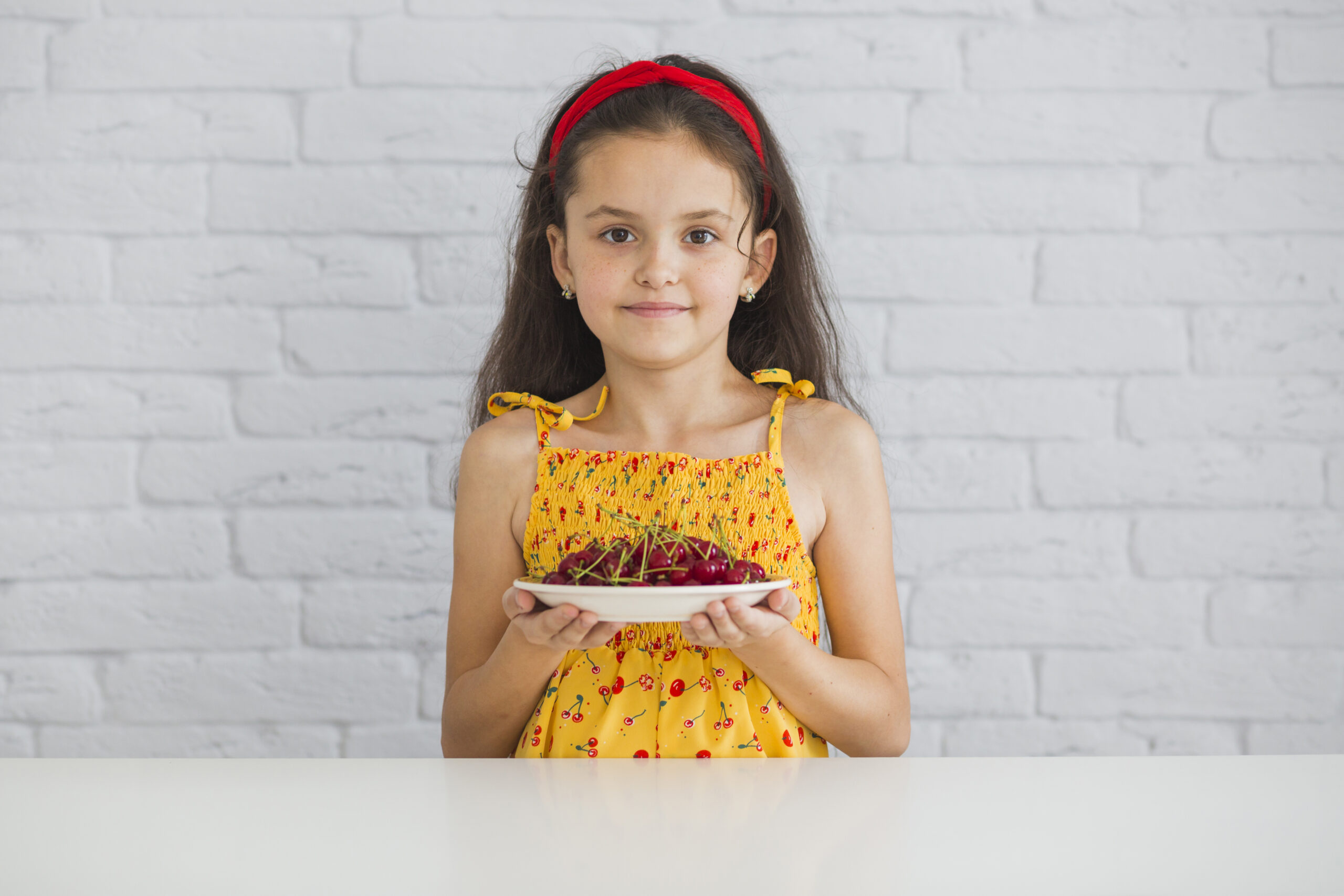
In today’s world, food therapy for kids has emerged as a powerful tool to support physical, mental, and emotional well-being. This holistic approach leverages the healing properties of nutrition to address various developmental and behavioral challenges. For parents seeking to enhance their children’s health naturally, food therapy offers sustainable solutions rooted in science.
Understanding how food impacts behavior and health is essential for parents and caregivers. Nutrient-rich diets can influence mood, focus, and growth positively. On the other hand, processed and sugary foods might lead to hyperactivity, fatigue, or even developmental delays. By focusing on food therapy, families can make informed choices that contribute to their child’s overall growth and happiness.
What is Food Therapy?
Food therapy involves the strategic use of nutrition to support and improve health outcomes in children. It emphasizes introducing whole, nutrient-dense foods into daily meals while reducing processed options. Children who experience picky eating, sensory issues, or chronic health conditions like eczema or ADHD can particularly benefit from food therapy.
Incorporating food therapy for kids doesn’t just focus on physical growth but also fosters better emotional regulation and cognitive function. Key elements include balanced meals rich in proteins, healthy fats, vitamins, and minerals. Tailored approaches may even include elimination diets to identify food sensitivities or allergens.
Why Is Food Therapy Important for Kids?
- Improves Cognitive Function:
Foods like nuts, seeds, fish, and leafy greens are rich in omega-3 fatty acids and antioxidants that enhance brain function and focus. - Supports Emotional Health:
Nutrients such as magnesium and B vitamins found in whole grains, bananas, and legumes can help stabilize mood and reduce anxiety in children. - Boosts Immunity:
Fresh fruits, vegetables, and fermented foods like yogurt strengthen the immune system, reducing the frequency of illnesses. - Encourages Healthy Habits:
Early exposure to diverse and nutritious foods fosters lifelong healthy eating behaviors, lowering the risk of obesity or lifestyle diseases.
Practical Tips to Introduce Food Therapy at Home
1. Start Small with Familiar Foods
Introduce new ingredients gradually. Mix them with foods your child already enjoys, like adding spinach to smoothies or flaxseed to pancakes.
2. Make Meals Fun and Interactive
Encourage kids to participate in meal preparation. Use cookie cutters for fruits and vegetables to create fun shapes that make meals visually appealing.
3. Focus on Balanced Nutrition
Aim for colorful plates that include proteins, whole grains, and vegetables. Ensure each meal provides essential nutrients without overwhelming the child.
4. Limit Processed and Sugary Foods
Replace sugary snacks with natural alternatives like fruits, nuts, or homemade treats using honey or maple syrup for sweetness.
Overcoming Challenges in Food Therapy
Picky eating and resistance to trying new foods are common hurdles. Strategies like pairing new items with preferred foods or maintaining a consistent schedule can help. It’s also crucial to create a positive mealtime atmosphere free of pressure or distractions, fostering a healthier relationship with food.
Benefits of Consulting a Food Therapist
While home practices are effective, consulting a food therapist ensures a tailored approach to meet your child’s unique needs. These professionals can help design meal plans, identify potential food allergies, and educate parents on nutrition’s role in managing specific conditions.
FAQ
Q: Can food therapy help with ADHD symptoms in kids?
A: Yes, certain foods like omega-3-rich fish and magnesium can improve focus and reduce hyperactivity in children with ADHD.
Q: How long does it take to see results from food therapy?
A: Results vary, but most parents notice improvements in energy, mood, or behavior within a few weeks of consistent practice.
Q: Is food therapy suitable for all kids?
A: Absolutely. However, it’s always best to consult a pediatrician or nutritionist for personalized guidance.
Conclusion
Food therapy for kids is more than just a trend; it’s a pathway to better health and development. By integrating nutrient-rich foods into your child’s diet, you not only address immediate concerns but also lay the foundation for lifelong wellness. Start small, stay consistent, and watch as healthy eating transforms your child’s life for the better
